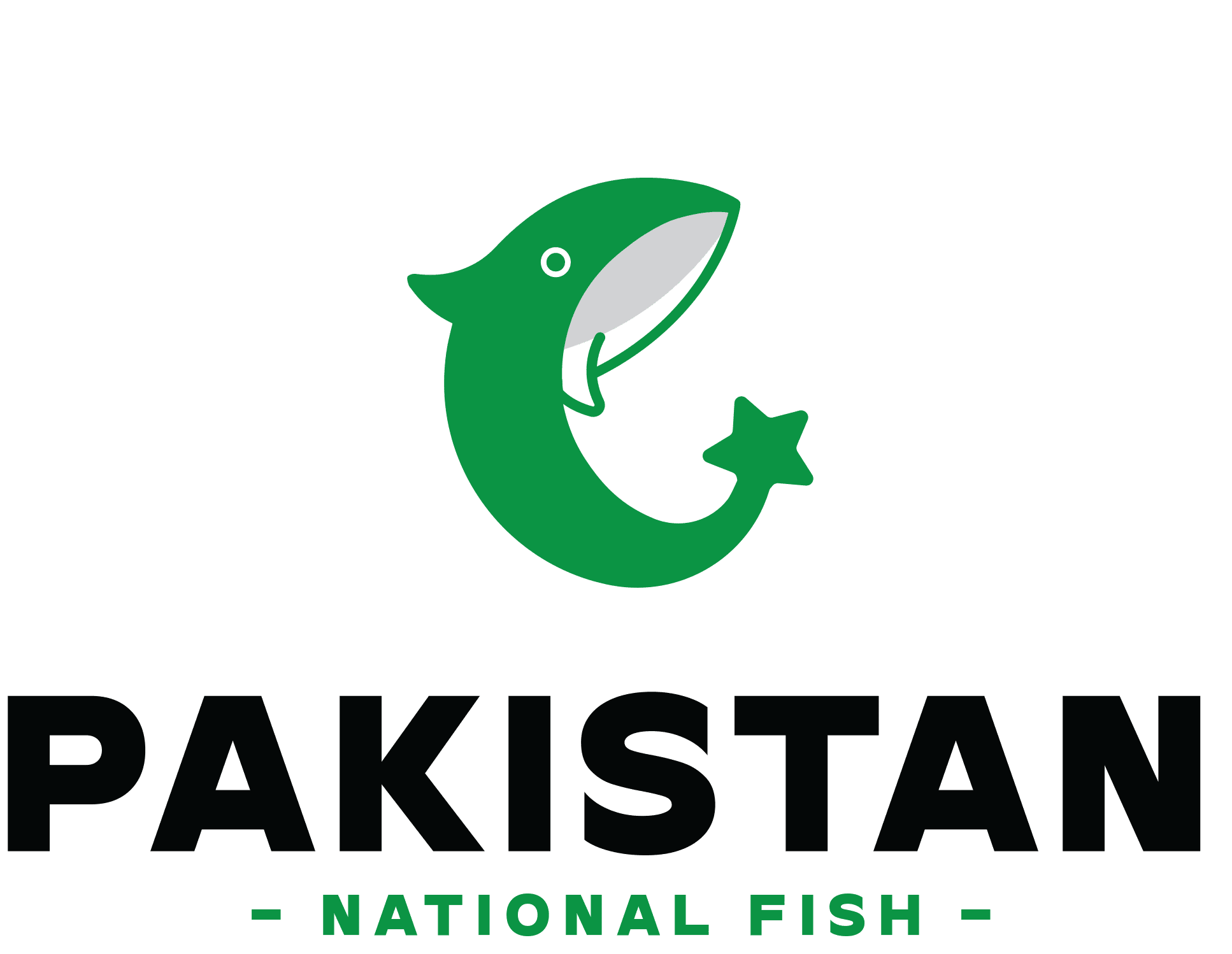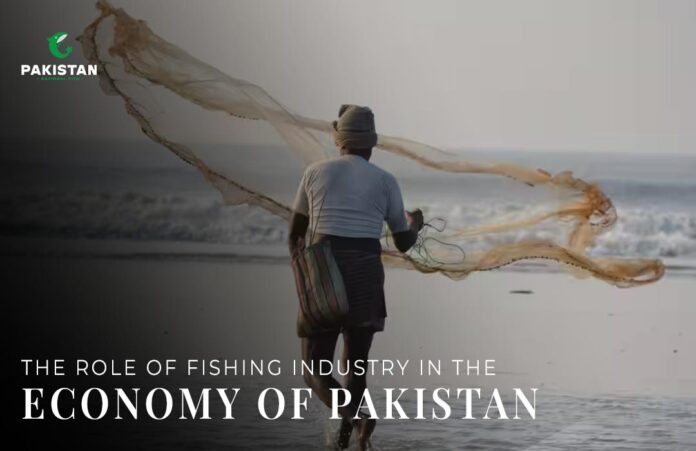A large portion of Pakistan’s economy derives from the fishing industry. It plays a vital role in generating export income, ensuring food security, and creating jobs. Approximately 1.8 million people are affected by this sector, both directly and indirectly. With their significant export revenue, fisheries make up a significant portion of the country’s GDP—roughly 1%.
Marine fish like King Mackerel, Mahseer, Rohu fish and Salmon fish are marketed in various forms, with 65-70% of total production used for human consumption. Processing involves mechanical and non-mechanical methods, with 27 plants in Pakistan. Frozen and canned products are mostly exported, with the majority used for poultry feed or fish feed. Let’s learn more about how the fishing industry in Pakistan helps in the economic development of the country.
Development Of The Fishing Industry In Pakistan
1. Automated Sailing Boats
2. Population Of Fishermen
- Significant for job creation in both inland and coastal seas.
- Employs 400,000 directly and a million indirectly.
- Employment is divided into full-time, part-time, and casual categories.
3. Major Fish Harbors
- Karachi Fish market handles about 90% of fish and seafood catch in Pakistan and 95% of fish and seafood exports from Pakistan.
- Karachi Fisheries Harbour is being operated by the Provincial Government of Sindh.
- Korangi Fish Harbour is being managed by the Federal Ministry of Ports & Shipping.
- Pasni Fish Harbour being operated by the Provincial Government of Balochistan.
- Gwadar Fish Harbour being operated by the Federal Ministry of Communication.
4. Principal Products
With a wide variety of the best fish types in Pakistan and seafood items in high demand both domestically and globally, Pakistan’s fishing sector is multifaceted. Among the main species are the following:
- Ribbon Fish
- Pomfret
- Shrimp
- Prawns
- Lobsters
- Indian Mackerel
The Middle East, Europe, Thailand, China, Malaysia, and other significant markets are among the nations to which these products are shipped.


